Here’s Why You Need Resistant Starch for Better Gut Health
Did you know a natural trick to turn potatoes and rice into blood sugar, gut, and weight-friendly food? All you need to do is cook and cool them for 8-12 hours. Why? Cooking, followed by cooling, turns them into a rich source of resistant starch. What does this mean? Cooling potatoes changes the chemical structure of foods like potatoes and rice making them harder to digest. This delays digestion and absorption, lowering their glycemic index.
What is resistant starch and how does it work?
Remember, not all of the starch you consume is digested. Certain starches are resistant to digestion and pass through your digestive tract without breaking down. In other words, these are resistant to digestion and therefore called resistant starch.
Resistant starch is a unique dietary fibre that resists the breakdown of starches into sugars in the small intestine and moves to the large intestine. There, it ferments and feeds good gut bacteria to produce SCFA (short-chain fatty acids). This is where the magic happens!
SCFAs further break down into butyrate, which helps improve intestinal integrity, reduce inflammation, and feed and populate good gut bacteria. And we all know what a diverse gut microbiome means. These good microbes do all the marvelous work in your body from maintaining optimum digestive health, controlling and boosting your serotonin levels, keeping disease-causing bacteria at bay, and strengthening your immune function.
To sum it up:
- SCFAs feed the healthy cells in your colon and strengthen its walls. A weak colon wall makes you vulnerable to allergies, inflammation, and a whole range of gut and colon issues (ulcerative colitis, Crohn’s disease, IBS, colorectal cancers, and so on.)
- If you are struggling with constipation, SCFAs help you push out the excess waste or fecal matter stuck in your system by working as a mild and natural laxative.
- Did you know SCFAs also nourish liver tissues and enzymes?
What are the benefits of resistant starch?
- Have a lower glycemic index. Did you know that cooling cooked potatoes reduces their glycemic index by 30–40%?
- It is fantastic for diabetics. It allows you to eat a carbohydrate without spiking your blood sugar levels.
- Promote satiety, curb cravings, and reduce your chance of overeating! Even if you have a tablespoon/teaspoon of resistant starch mixed in water can keep you full for three to four hours.
- Reduce the impact on postprandial blood glucose levels compared to easily digestible carbs.
- It improves insulin sensitivity, a leading metabolic issue not just in diabetics, but most people with PCOD, where you struggle to lose weight due to insulin resistance, where your cells do not respond to insulin effectively.
- Works as a prebiotic
- Improves absorption of minerals
- The SCFA butyrate squeezes into your blood and reaches your liver to boost its function. It is excellent for those with cirrhotic livers, Grade 1 and 2 fatty liver, liver cancer, jaundice, and other related conditions.
If you are struggling with diabetes, insulin resistance, obesity, metabolic syndrome, gut-related issues, and poor immunity, you can look at adding resistant starch to your meals.
What are some foods that contain resistant starch?
- Cooked and cooled potatoes
- Cooked and cooled rice
- Cooked and cooled oats/Overnight oats
- Raw green bananas or plantains (naturally occurring)
- Pulses and legumes (naturally occurring)
- Cooked and cooled pasta (wholegrain preferably)
- Starchy vegetables like sweet potato, yams, corn, and so on.

What are some interesting recipes you can explore to add resistant starch?
Overnight oats
- Instead of cooked oatmeal, try overnight oats. Overnight oats have higher resistant starch because they are uncooked. Cooked oats also have resistant starch, but the process reduces its quantity by almost half.
Here’s the recipe. - Start by getting good quality and ethically sourced oats. Shop for them here. Do not use ready or instant oats that you can cook in two minutes. Use uncooked, rolled, or jumbo-rolled oats. It takes you like 3 to 4 minutes to make the previous night.
- All you need to do is use the serving size you want. Wash the oats and soak them overnight. You can soak them in anything – A2 milk or A2 yogurt. If you are vegan, you can opt for almond milk, rice milk, or nut milk. You can even soak the oats in water overnight and store them in the fridge.
- Now in a separate bowl, soak the nuts and seeds of your choice (almonds, pistachios, walnuts, chia seeds, pumpkin seeds, sunflower seeds, etc.)
- In the morning, add the nuts and seeds to the soaked oats. You can also add cinnamon powder and raw cacao nibs. Mix well and enjoy your bowl of rolled uncooked overnight-soaked oats.
Cold potato salad
One way to add resistant starch is by consuming 1 tablespoon/teaspoon of potato starch mixed with water. You can also add it to your flours while making rotis or your bread. But my favorite technique is making a beautiful cold potato salad. Try this recipe.
Ingredients
- 500 g baby potatoes or yellow potatoes boiled cooled, diced, and kept aside
For the dressing:
- 1/2 tbsp extra virgin olive oil
- 1 tsp oregano
- 1/2 tsp roasted cumin powder
- 1/2 tsp freshly ground black pepper
- 2 sprigs of spring onions, finely chopped
- Salt to taste
- Coriander, finely chopped
- Parsley, to garnish
- Juice of 1 lemon
Method
- Place potatoes in a large pot with enough water to cover them.
- Bring the water to a boil, cover it with the lid, lower the heat and cook for 10 to 15 minutes. Check if they are done by piercing a knife or fork.
- Drain the potatoes immediately and allow them to cool down completely. The idea is to convert them into resistant starch.
- Once cooled, dice them and keep them aside.
- To make the dressing. Take olive oil and add cumin powder, oregano, salt, pepper, finely chopped spring onions, and coriander to it. Mix this well and drizzle on cooled potatoes.
- Squeeze in the lemon juice. Mix everything.
- Garnish with parsley. Place in the refrigerator and serve cold.
Raw green banana curry
Buy raw green banana flour here. Add 1 tablespoon of this while making rotis or pancakes, or add it to a glass of water, mix and consume. You can also just buy and eat a raw green banana. Check out this recipe for raw green banana curry.
Ingredients
- 5 to 6 raw green bananas
- 1 tbsp cold-pressed coconut oil
- 1 onion, chopped
- 1 – 2 red chilies (soaked, dried, and made into a paste)
- 4 – 5 cloves of garlic
- ½ tbsp fresh turmeric, grated
- 2 tbsp ginger, grated
- 1 tsp cumin
- 2 tsp mustard seeds
- 2 cups coconut milk
- 2 tbsp tamarind paste
- 4 to 5 tbsp coriander, chopped
- 4 to 5 tbsp basil, chopped
- Salt as per taste
Method
- Take a pot, fill it with water and add the bananas (single pieces separately).
- Bring it to a boil for 15 – 20 minutes.
- Once you see the banana losing its color, turn off the heat and keep it aside.
- Once it is cooled completely, peel and chop into cubes evenly.
- In a pan, take coconut oil. Add cumin, mustard seeds, onions, garlic, ginger, turmeric, and red chili paste. Let it cook for 10 minutes.
- Now, stir in the chopped bananas. Add coconut milk and tamarind paste next.
- Cover it with the lid, and let it cook well on a slow flame for 5 to 6 minutes.
- Add coriander, basil, and salt as per taste.
- Serve hot with rice or roti.
Disclaimer: In case of kidney diseases and high potassium levels, please be mindful of its consumption.
Rice kanji
- Cook your rice and cool it down.
- Add 2-3 tablespoons and soak it in some water in a mud pot.
- Cover and keep it overnight. It will ferment by the following morning. Have 1-2 tablespoons of this.
- You can also opt to strain the water out. Add a tempering of curry leaves, mustard seeds, and chili.
Another way to get resistant starch is by adding beans and lentils to your salad/soup. Check out a recipe here.
The bottom line
Resistant starch can help you maintain the health of your large intestine or colon. As you read this, the world is witnessing a spike in cases of colorectal and bowel cancers, chronic inflammation, constipation, liver issues, gut issues, and nutrient malabsorption. Most people who suffer from gut-related and autoimmune conditions need to look at the colon today.
If the colon is not kept clean or its inflammation is not managed the right way, it can make you vulnerable to a host of lifestyle conditions. The right amount of good bacteria can help maintain the pH balance of your colon and reduce inflammation in the cell lining and protect you. So, add resistant starches to your meals. Always remember, moderation is key. Don’t overdo it.
Disclaimer: Please make an informed decision and discuss it with your healthcare expert before trying anything new, especially if you have a sensitive gut.
ALSO WATCH: Do This for Your Gut Health, Liver, Bloating Issues & More
RELATED READINGS
The Incredible Benefits Of Overnight Soaked Oats
Probiotic Chutney To Stir Fry: Nourish Your Gut 2 Ways With Sweet Potatoes
Migrating Motor Complex: How To Activate the Most Natural Gut Cleanse Ever?
|
From a pimple to cancer, our You Care Wellness Program helps you find a way Talk to our integrative team of experts today 18001020253 |

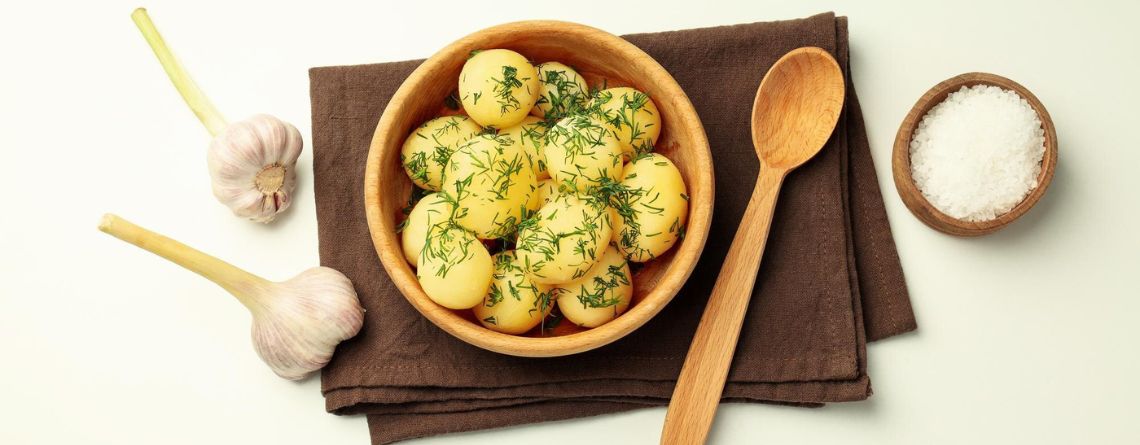

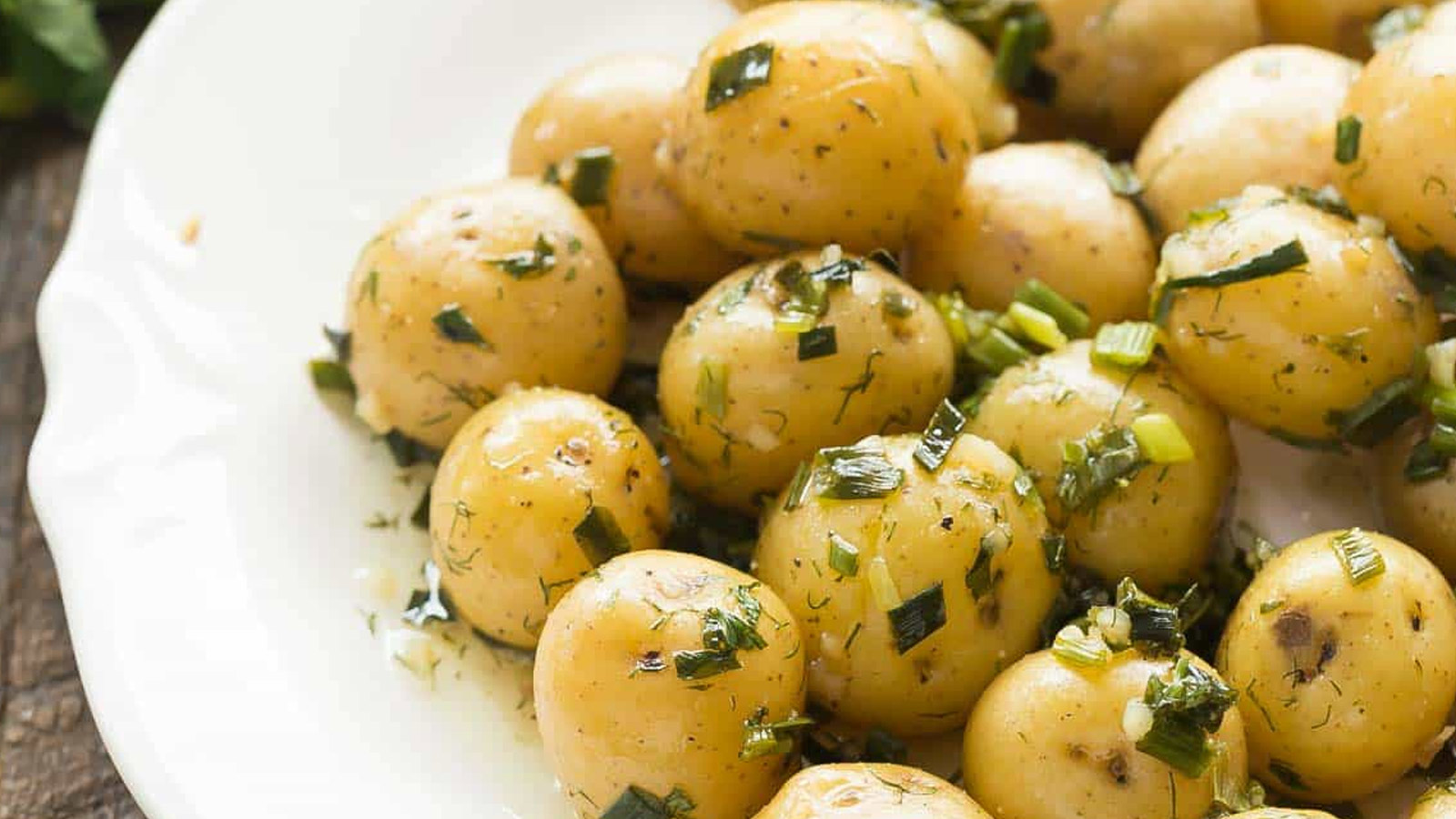


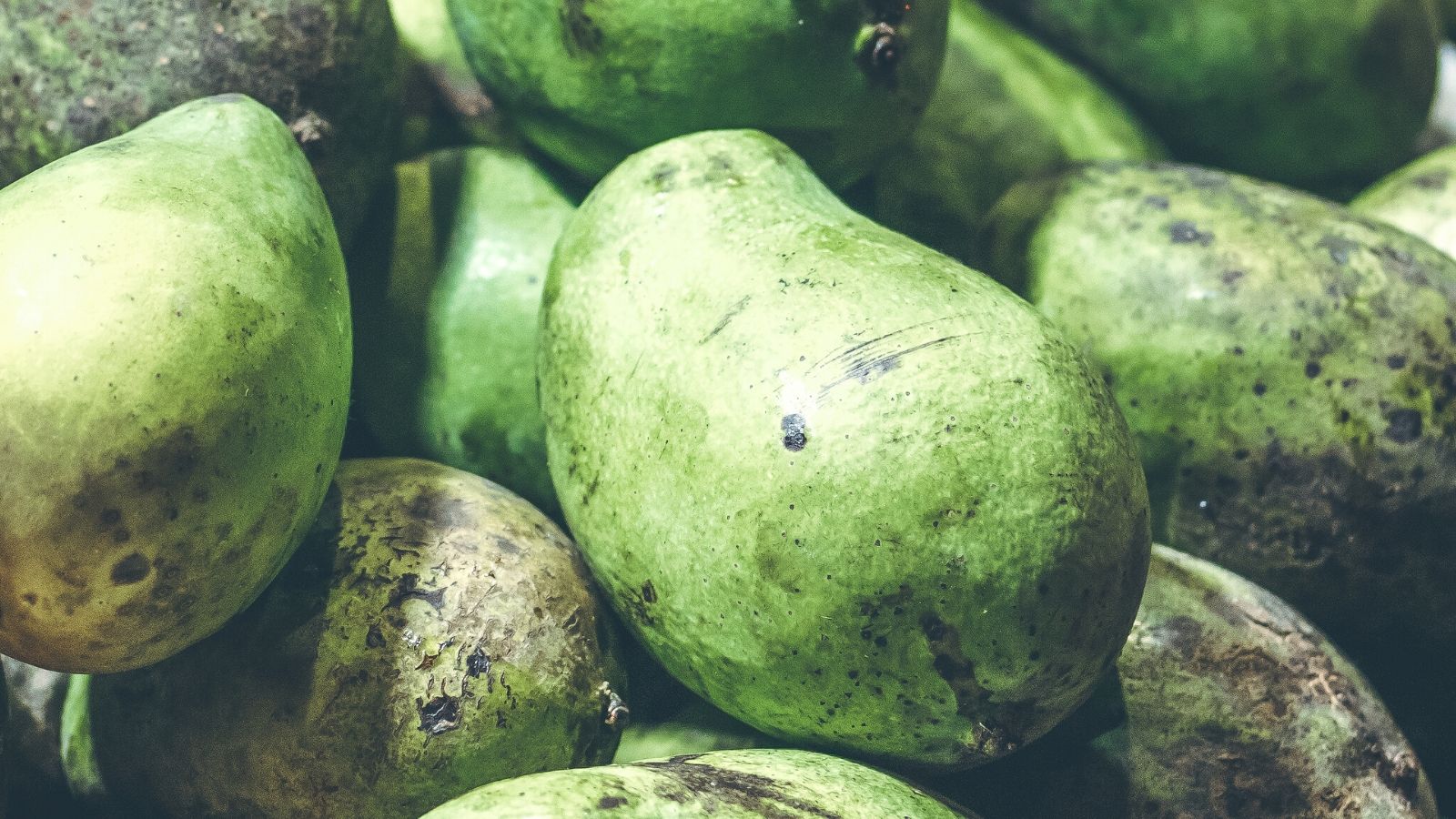

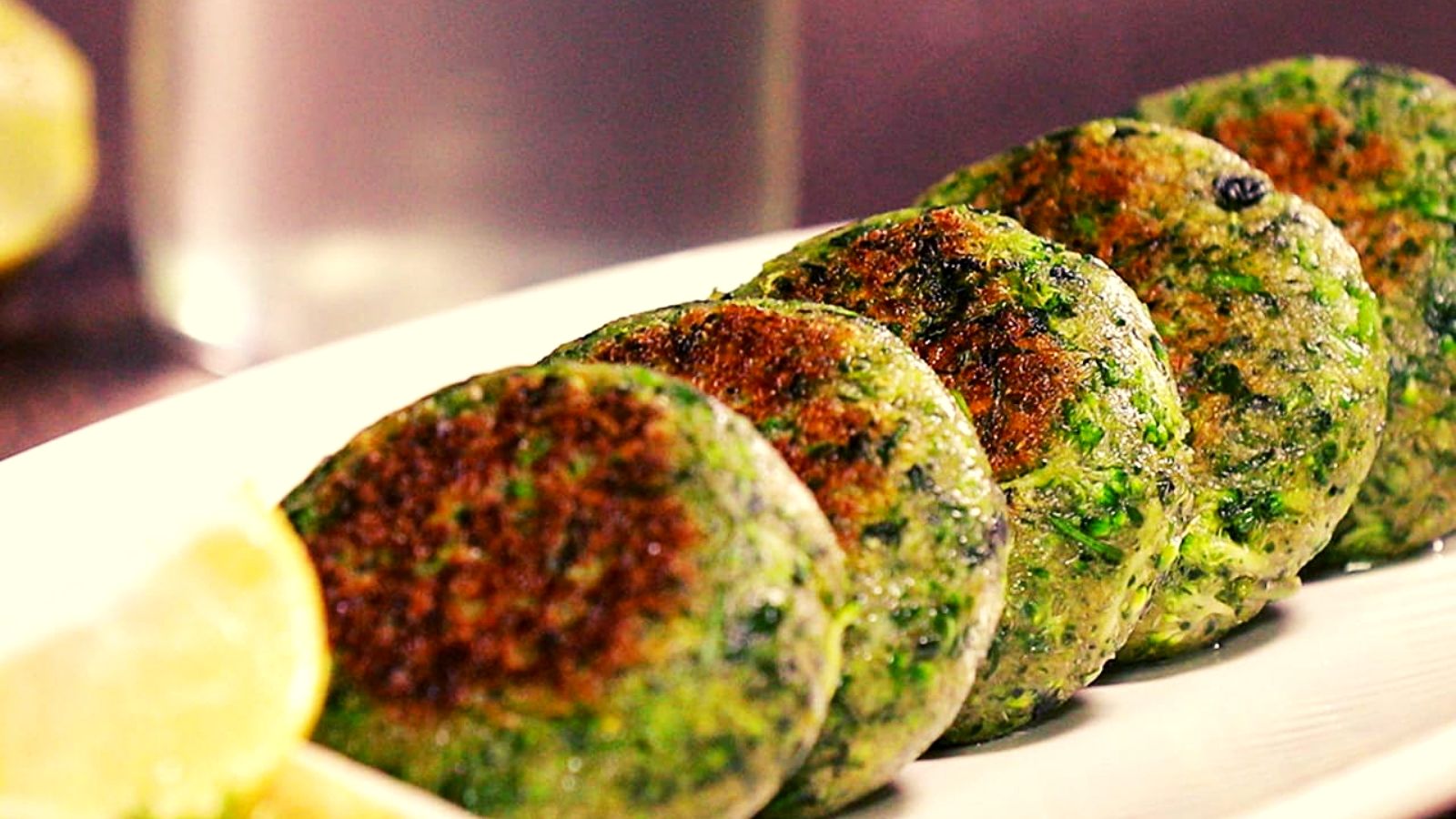

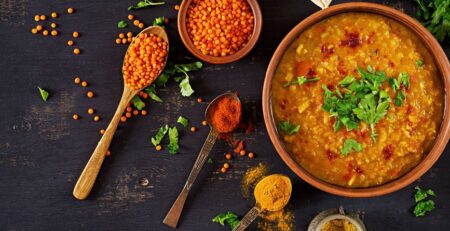
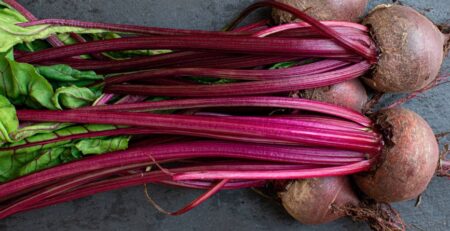
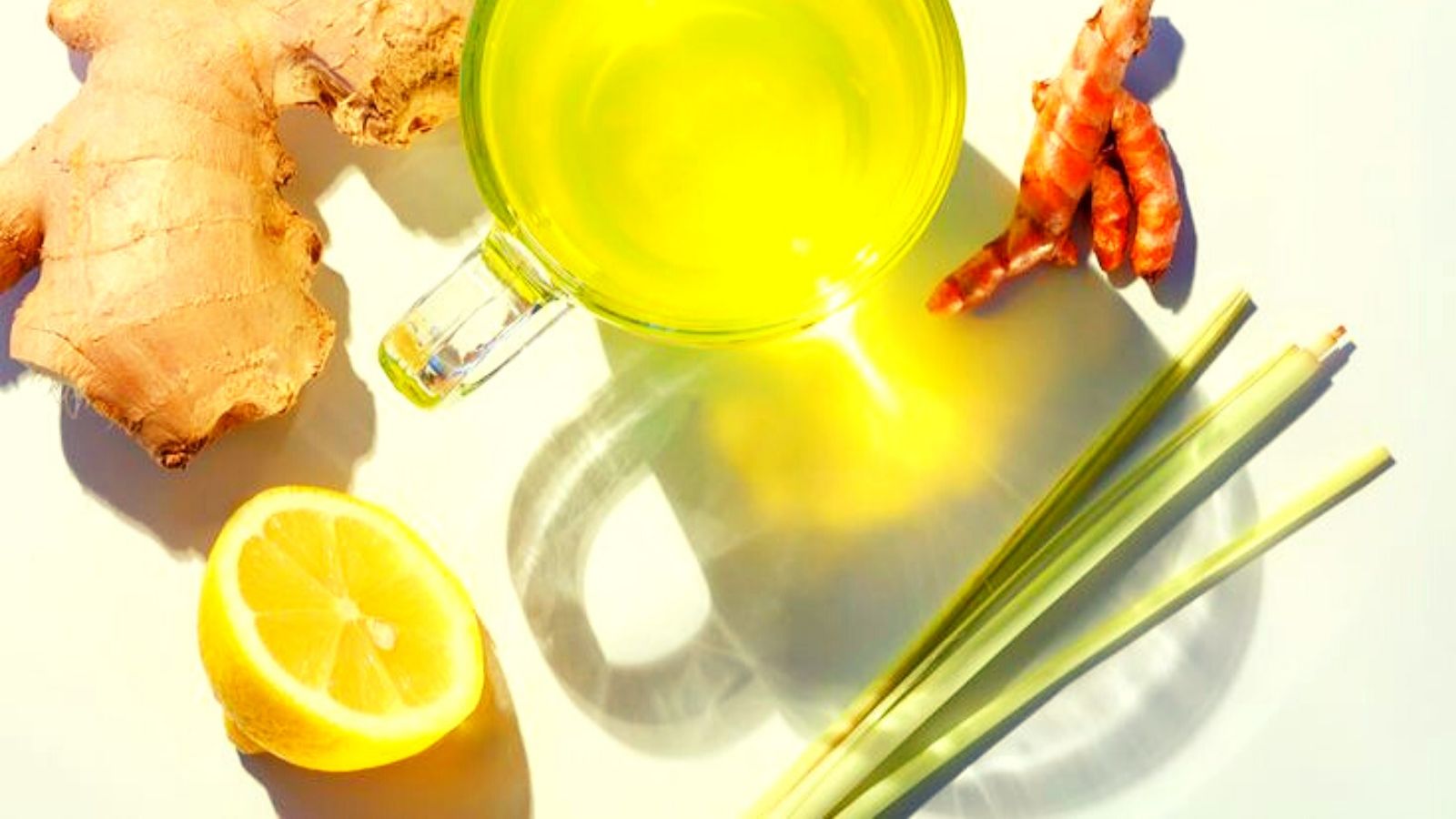
Comments (2)
Hi Luke
I have been following you for a while on Facebook . I would like to take a professional consultation. I live in Australia and I have recently been diagnosed with some thyroid issues . ( could be an autoimmune disease , not sure at the moment )
What’s the best way to contact you .
Regards
Manika
Hi Manika,
You can write to my team at info@lukecoutinho.com or get in touch with us on WhatsApp here. https://api.whatsapp.com/send?phone=919820720253&text=wellnesslifestyle
We will help you find a way.